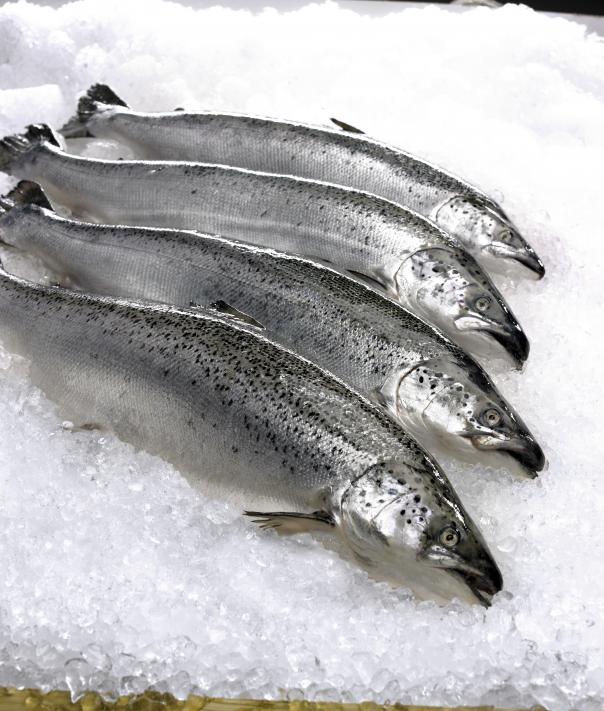Food markets ‘unstable’ reveals annual foodservice price index

The Fish & Seafood category has risen over 25% in the past year, driven by lower catch quotas and strong demand for cod and haddock.
Oils & fats have leapt over 30% as higher butter prices have filtered through.
Shaun Allen, chief executive of Prestige Purchasing said: “Many commentators predicted much lower inflation this year, because of the much higher base created in 2017, when inflation was 6.1% following the Brexit generated falls in the value of Sterling. But prices have continued their inexorable climb, and this pattern may well continue perhaps sharply as we progress through Brexit in the months ahead”.
Sugar is the only market to see consistent falls in price driven by higher global production in a market with flat demand.
David Read, chairman of Prestige Purchasing commented: “in the event of no-deal the outcomes are not in our own hands as a nation. For example, if the French were to erect a Customs post in Calais in April this would likely cause severe disruption to freight traffic going in both directions.
“And whilst the imposition of trade tariffs on imported goods might be ignored by our government, WTO rules would oblige the EU to impose tariffs on our food exports, which would severely curtail export demand in some categories.”
The report says that further pressure on food & drink pricing comes at a time of ‘hardship’ for many companies in the sector, with living wage increases, higher Business Rates, and slowing demand placing extreme pressure on margins.
Phil Tate, group chief executive of CGA added: “It’s more important than ever for operators to be well-informed about what is happening in supply markets, especially when prices are on the rise and markets are unstable. If margins are to be protected, we must not ignore the importance of optimising supply.”
